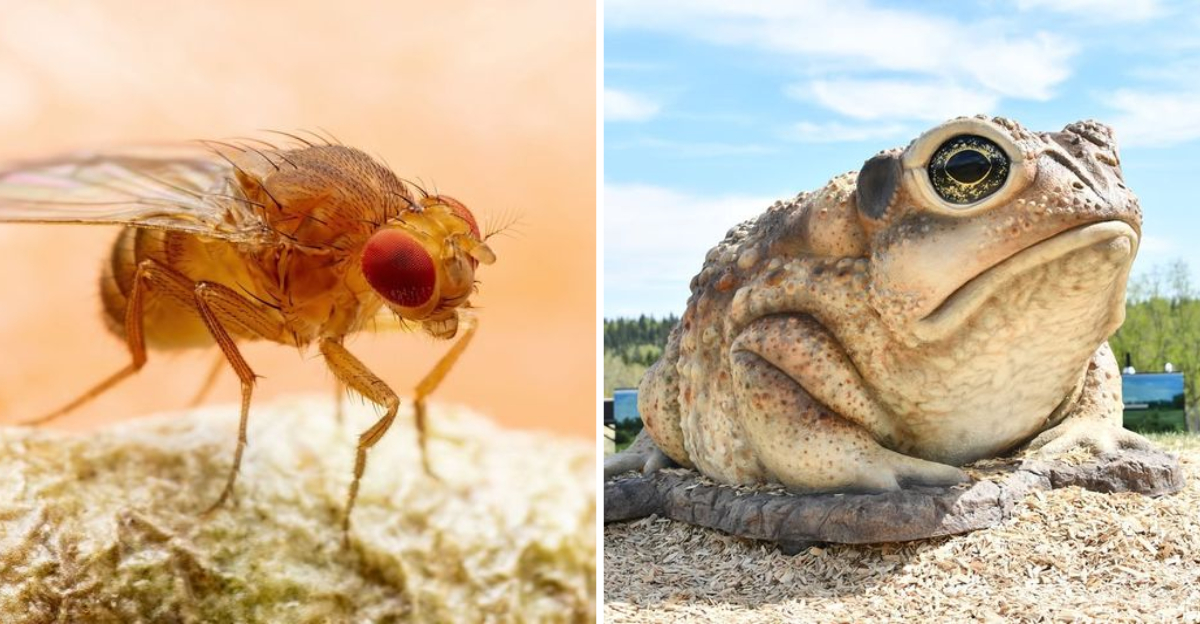In the rapidly changing tapestry of our planet’s biodiversity, certain animal species are outpacing humans in their evolutionary journey. These species showcase fascinating adaptations and traits that allow them to thrive in environments that are constantly evolving.
Through natural selection, they are developing new features at a pace that astonishes scientists and captivates nature enthusiasts. From urban dwellers adapting to city life to creatures developing resistance to climate change impacts, these animals are on the fast track of evolution.
Here’s an exploration of such species, offering insights into their unique adaptations and the environmental pressures driving these changes.
1. Italian Wall Lizard
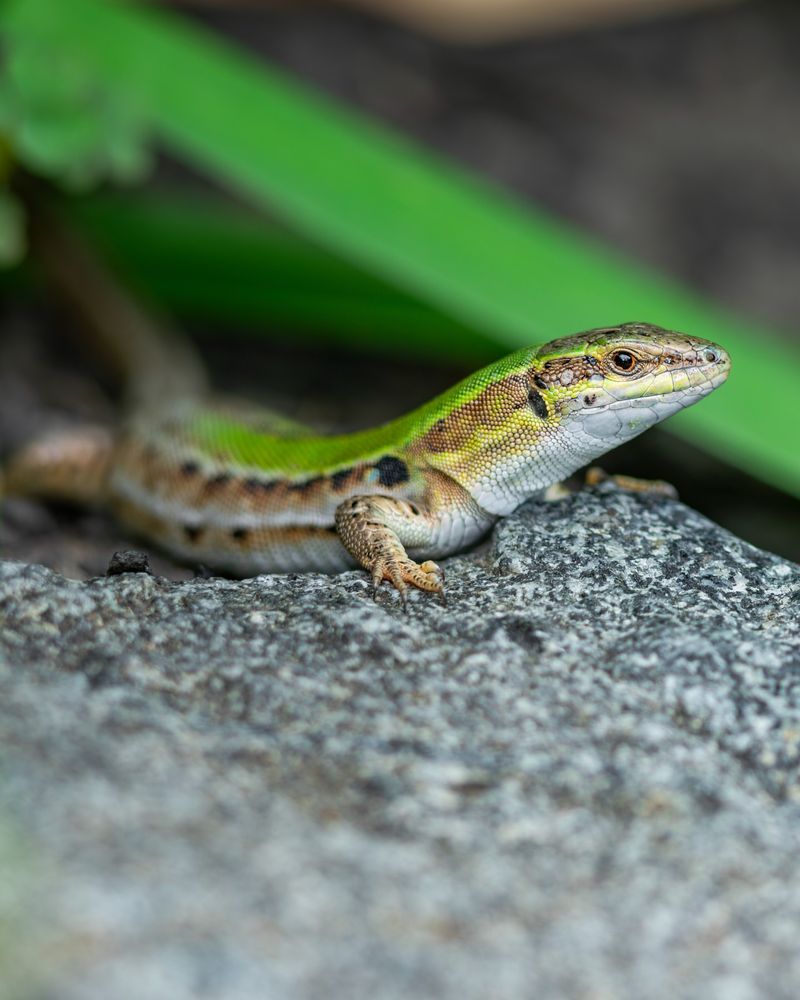
This small lizard has undergone rapid evolutionary changes within just a few decades. Originally from the Adriatic coast, they were introduced to a new environment in the Mediterranean and quickly adapted.
Researchers found that these lizards developed new intestinal structures to digest a different diet, showcasing a morphological evolution not typically seen in such a short timeframe. Furthermore, their limbs became stronger and more suited to the rocky terrain of their new habitat.
This adaptation highlights the lizard’s exceptional ability to swiftly respond to environmental pressures. Scientists continue to study this species as a model for understanding rapid evolution due to its remarkable adaptability and the tangible evidence of physical changes in such a short period.
The Italian Wall Lizard stands as a testament to nature’s ability to innovate under change.
2. Elephant Mosquito
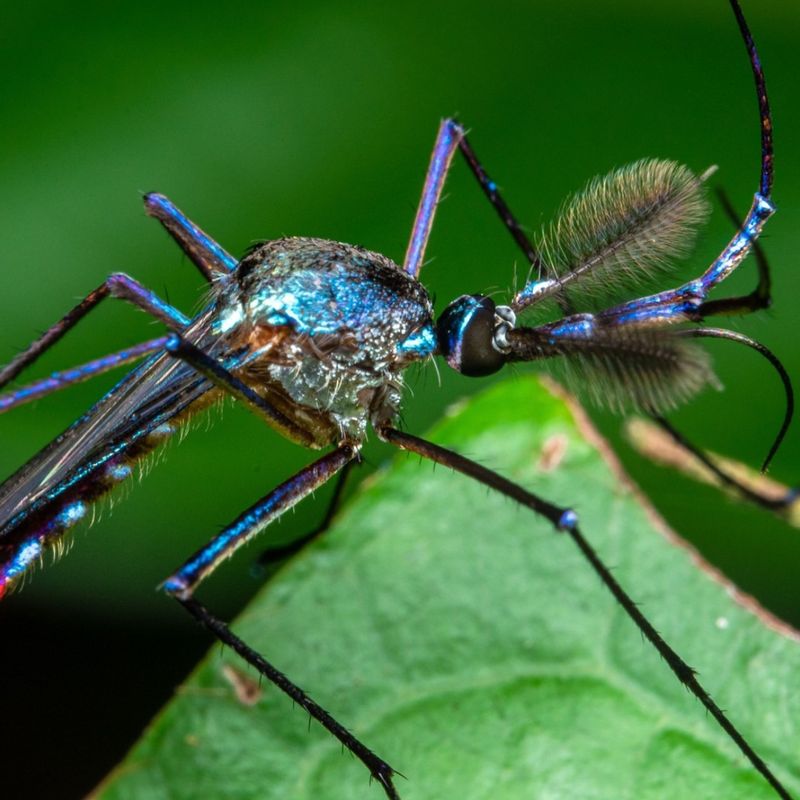
The Elephant Mosquito, unlike its bloodsucking relatives, has evolved to feed on nectar, pollinating plants in the process.
This dietary shift gives it an ecological advantage, allowing it to thrive in environments where other mosquito species are controlled through pesticide use. Its larvae, known to prey on other mosquito larvae, provide a natural form of pest control.
This predatory behavior, coupled with its non-aggressive adult form, adds ecological value, making it an essential part of its ecosystem. Researchers have observed that these mosquitoes are developing resistance to environmental toxins, illustrating their rapid adaptive capabilities.
Their evolution highlights a shift towards mutualistic relationships within their habitats. This shift presents a unique case of evolution, where survival is achieved not through aggression, but cooperation and adaptation to available resources.
3. Peppered Moth
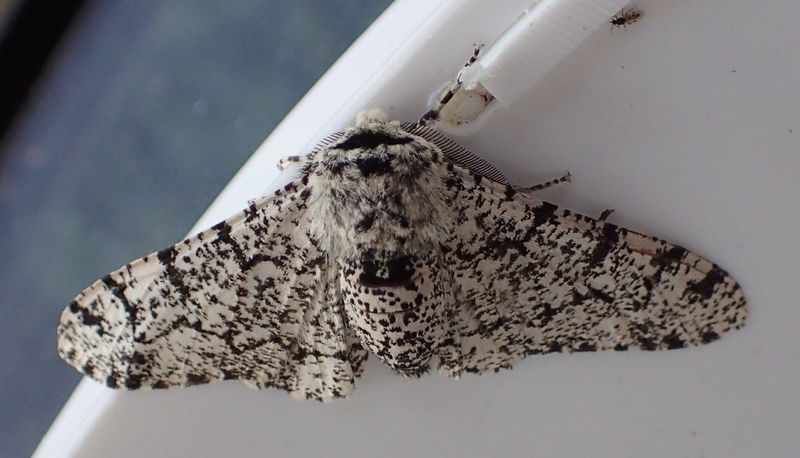
Famously known for its role in understanding natural selection, the Peppered Moth continues to evolve in response to environmental changes. During the Industrial Revolution, the soot-covered trees favored darker moths, leading to a population shift.
In recent decades, cleaner air has reversed this trend, favoring the lighter-colored moths once again. This ongoing adaptation offers a dynamic example of evolution responding to human-induced environmental changes.
Scientists have studied the genetic basis for these color variations, revealing deeper insights into how species can rapidly adapt to changes in their environment. The Peppered Moth’s ability to swiftly respond to industrial pollution and its subsequent reduction underscores nature’s resilience and adaptability.
This moth remains a significant symbol in the study of evolutionary biology, demonstrating the constant interplay between organisms and their habitats.
4. House Sparrow
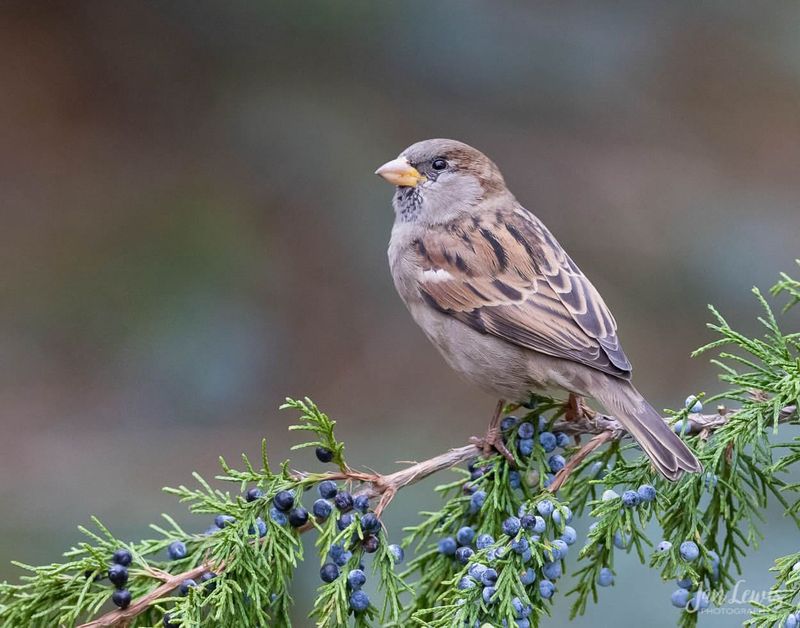
The House Sparrow, once thriving in rural landscapes, has remarkably adapted to urban environments. These birds have developed new foraging behaviors, learning to exploit resources in cities.
The shift in their diet from seeds to human-provided food sources demonstrates their adaptability and resourcefulness. Their nesting habits have also evolved, as they now often nest in urban structures rather than natural settings.
Genetic studies indicate that city-dwelling sparrows show differences in stress response compared to their rural counterparts. This evolution reflects the significant impact human activity and urbanization have on wildlife.
House Sparrows have become a prime example of how species can adjust to rapidly changing urban landscapes. Through these adaptations, they continue to thrive amidst the challenges posed by modern urban environments.
5. Newfoundland Northern Cod
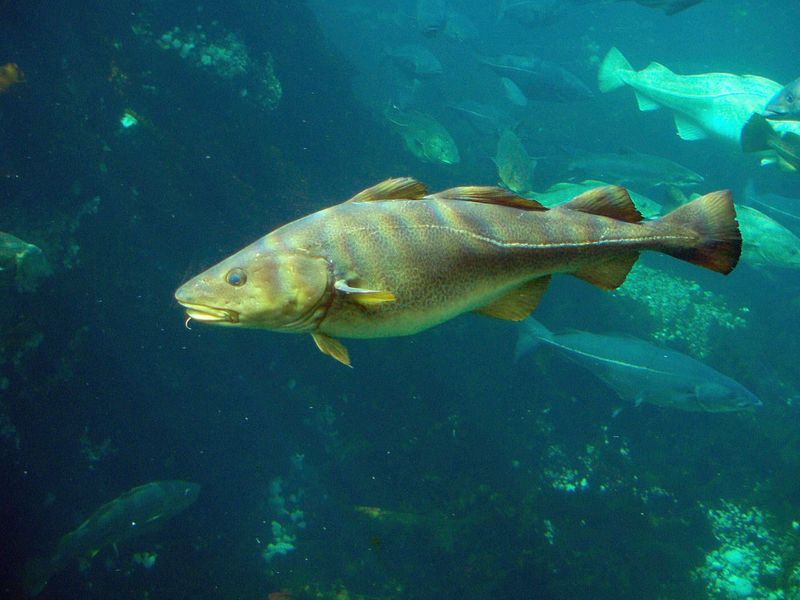
Once on the brink of extinction due to overfishing, the Newfoundland Northern Cod is showing signs of evolutionary resilience. These fish have adapted to the pressures of fishing by maturing at a younger age and smaller size, thus ensuring reproductive success despite heavy harvesting.
This adaptation is a response to selective pressures that favored fish who could breed early before being caught. Recent studies have shown genetic changes that support this rapid evolution, highlighting the species’ ability to adjust to human activities.
While these adaptations have helped their numbers recover, it also introduces new challenges for their long-term survival and ecosystem balance. The Northern Cod’s journey reflects the broader impact of human exploitation on marine life and the rapid evolutionary responses that can arise as a result.
This species continues to be closely monitored by scientists aiming to understand and mitigate the effects of fishing on marine ecosystems.
6. Cane Toad
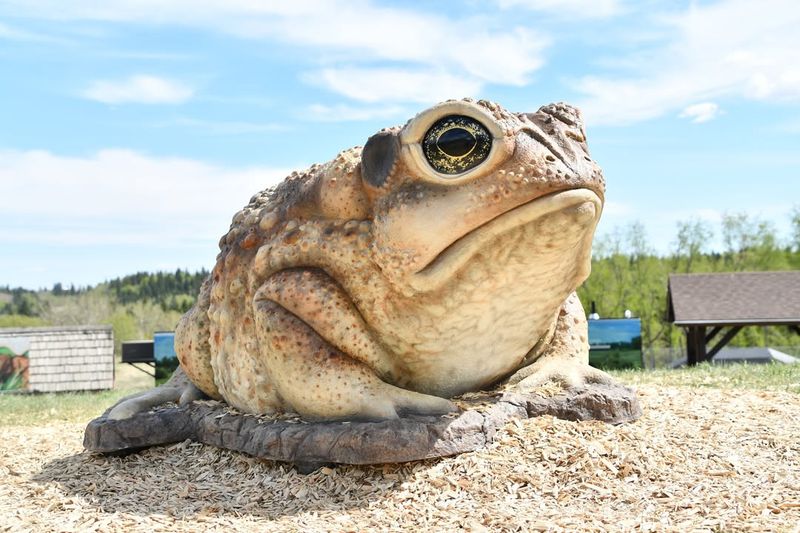
Native to Central and South America, the Cane Toad was introduced to Australia as a pest control measure, but it quickly became an invasive species. Over time, they have evolved longer legs, which help them to spread more rapidly across the continent.
This physiological change has facilitated their migration into new areas, outcompeting native species. Moreover, they have developed resistance to some of the poisons that were once used to control their population.
These adaptations have allowed them to thrive in a diverse range of environments, from tropical forests to urban areas. Their rapid spread and adaptability have made them a subject of extensive ecological studies, focusing on the long-term impacts of invasive species on native ecosystems.
The Cane Toad’s evolution in Australia highlights the complex challenges of managing species introductions and the unforeseen consequences they may bring.
7. Cichlid Fish
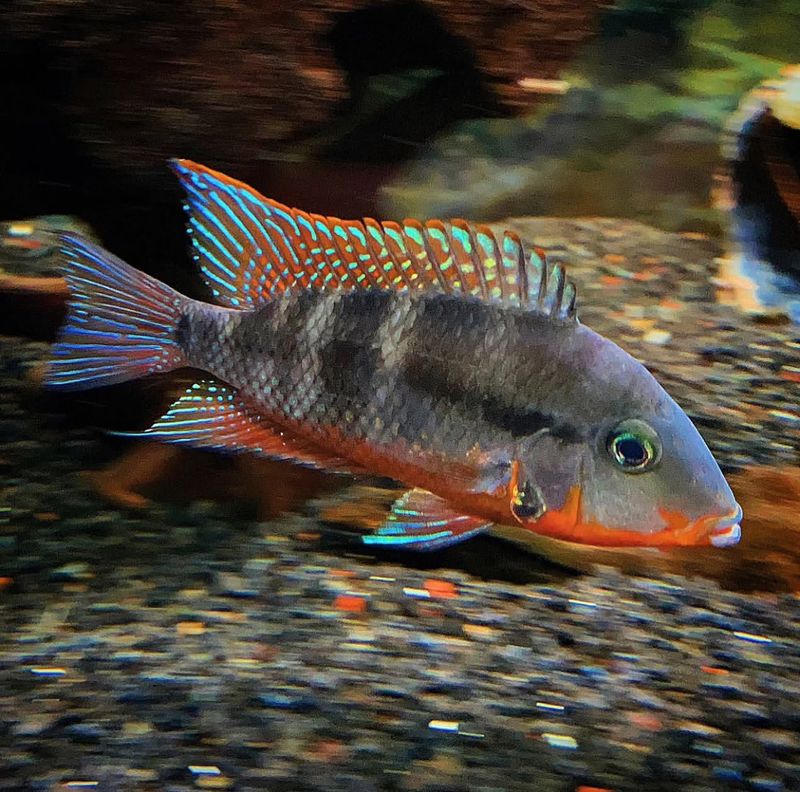
Cichlid Fish are a striking example of rapid evolution, particularly in Africa’s Great Lakes. These fish have diversified into hundreds of species, each with unique adaptations to specific ecological niches.
Their evolution is driven by a combination of sexual selection and ecological factors, leading to a wide variety of forms and behaviors. Cichlids have evolved specialized feeding mechanisms to exploit different food resources, from algae to small invertebrates.
This diversification is a result of adaptive radiation, where species evolve rapidly to fill available ecological niches. The Cichlid Fish’s evolutionary journey provides valuable insights into how environmental pressures and opportunities can drive rapid speciation.
Their vibrant colors, diverse behaviors, and ecological roles make them a focal point for studies on evolution and biodiversity. Researchers continue to explore the genetic and environmental factors that contribute to their remarkable adaptability and diversity.
8. Yellow-Bellied Sea Snake
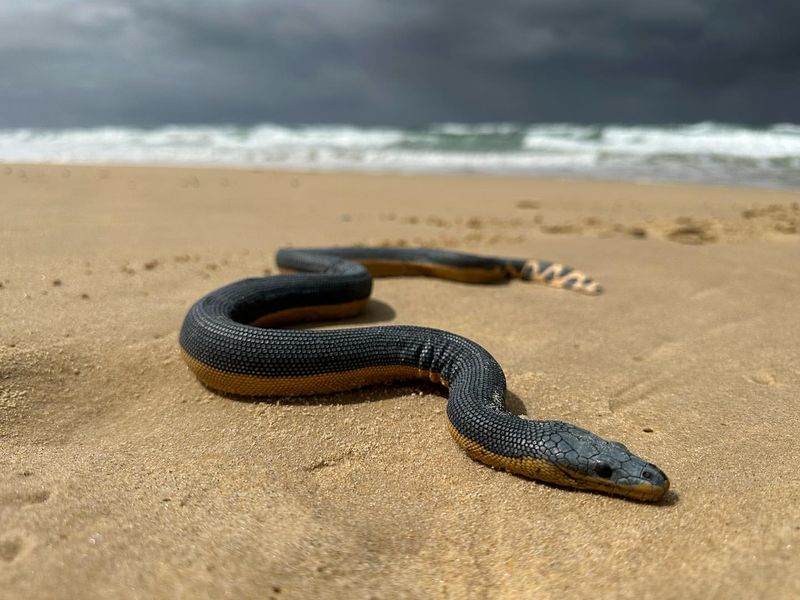
Adapted to life entirely at sea, the Yellow-bellied Sea Snake exhibits fascinating evolutionary traits. Unlike many reptiles, it can survive in the open ocean, relying on its specialized physiology to thrive in saltwater environments.
It has evolved salt-excreting glands and the ability to absorb oxygen through its skin, adaptations that support its oceanic lifestyle. This species has also developed unique hunting strategies, allowing it to capture prey in the vast marine expanse effectively.
Genetic changes have enabled it to adapt to varying ocean temperatures and salinity levels, showcasing a high degree of adaptability within its niche.
The Yellow-bellied Sea Snake’s evolutionary journey provides insight into how life can adapt to extreme and isolated environments. As climate change impacts ocean conditions, studying such species may reveal important information about resilience and adaptation in marine ecosystems.
9. Baldwin’s Big-Eared Bat
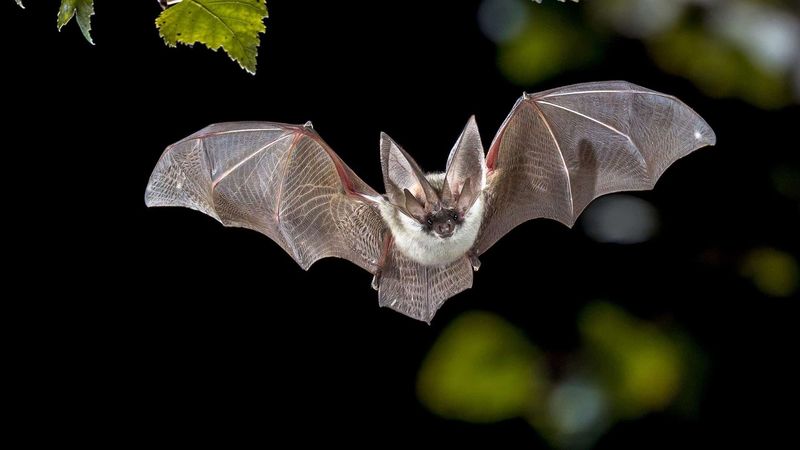
Baldwin’s Big-eared Bat, native to Hawaii, has evolved distinct traits that allow it to thrive in its unique environmental context. This bat has adapted to feed on a wide range of insects, utilizing echolocation to hunt efficiently in low-light conditions.
Its large ears enhance its ability to detect prey, a critical adaptation in its cave-dwelling habitat. Over time, Baldwin’s Big-eared Bat has developed resistance to certain diseases that affect other bat populations, contributing to its survival in isolated environments.
This resistance underscores the bat’s evolutionary response to ecological pressures and threats. The bat’s adaptations provide valuable insights into the mechanisms of evolution in island ecosystems, where isolation often leads to unique evolutionary paths.
As environmental changes continue to impact natural habitats, understanding such adaptations can inform conservation efforts.
10. Atlantic Killifish

The Atlantic Killifish is a remarkable example of rapid evolutionary adaptation to pollution. Found in heavily polluted estuaries along the East Coast of the United States, these fish have developed resistance to toxic industrial pollutants.
Genetic studies reveal that the Killifish’s genome has undergone significant changes, enabling it to survive in environments where few others can. This rapid adaptation highlights the incredible resilience and plasticity of life in the face of environmental challenges.
The Killifish’s ability to thrive in such harsh conditions provides a unique opportunity to study evolutionary processes in real-time. Researchers continue to investigate the genetic mechanisms behind this resistance, hoping to uncover insights applicable to broader ecological and evolutionary studies.
The Atlantic Killifish’s story underscores the potential for species to adapt to anthropogenic changes, though it also raises questions about the long-term impacts of such rapid evolution on biodiversity and ecosystem health.
11. Tuatara
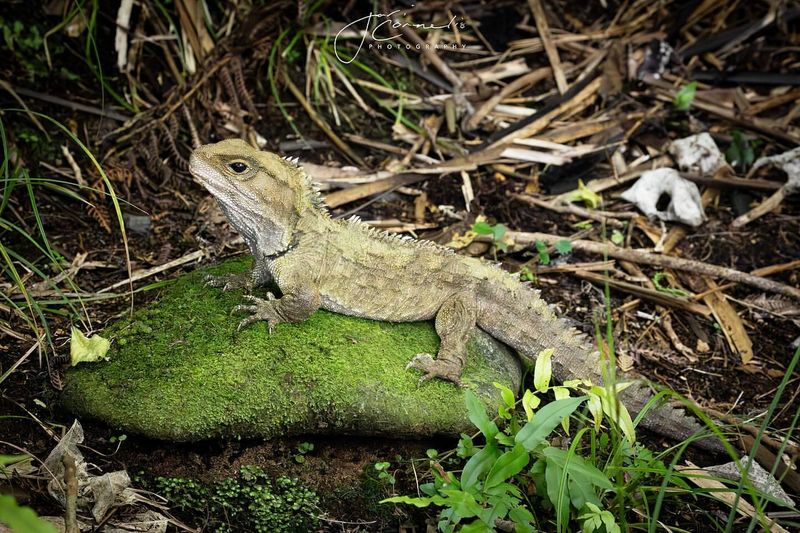
The Tuatara, a reptile native to New Zealand, is a unique survivor of an ancient lineage that has evolved distinct adaptations over millions of years. Unlike most reptiles, they possess a parietal eye, a photosensitive organ on their forehead, which is believed to help regulate their circadian rhythms.
This adaptation, along with their slow metabolism and long lifespan, has allowed them to thrive in a limited range of environments. Recent studies suggest that Tuataras are evolving at a surprisingly rapid rate, contrary to their seemingly unchanged appearance.
Genetic research has revealed changes in their DNA that suggest ongoing adaptations to climatic and environmental shifts. The Tuatara’s evolutionary journey offers a fascinating glimpse into the persistence and adaptability of ancient lineages.
As conservation efforts focus on protecting their habitats, understanding their evolutionary dynamics provides crucial insights into preserving this remarkable species.
12. Common Starling
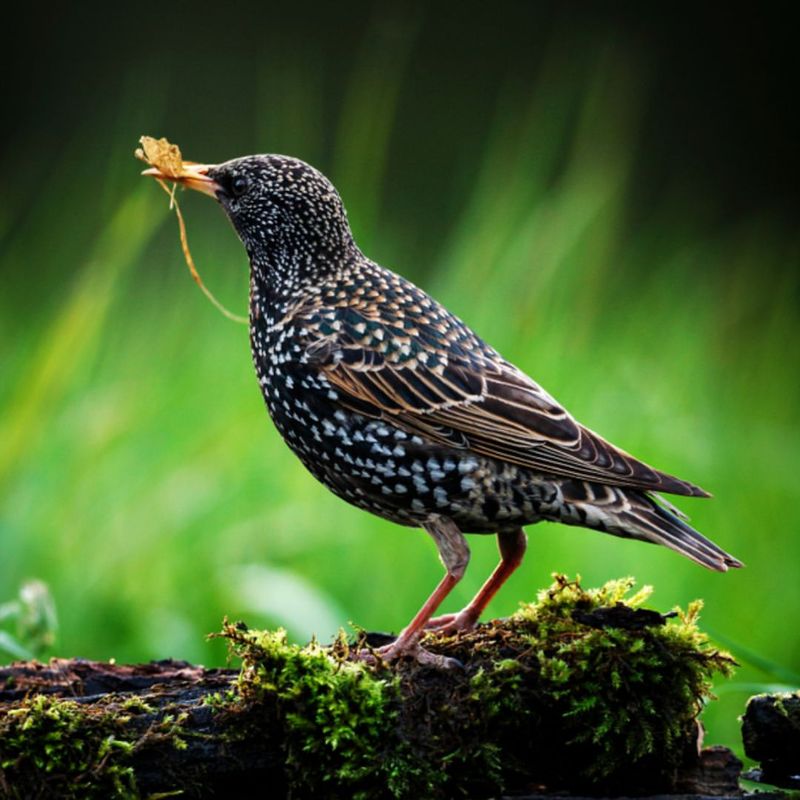
Common Starlings, known for their mesmerizing murmurations, are rapidly adapting to urban and agricultural landscapes. These birds have developed complex social behaviors and communication skills that allow them to exploit new environments successfully.
Their ability to mimic sounds and adapt their feeding habits to human-altered landscapes demonstrates their ecological flexibility. Genetic studies have shown variations that support these behavioral changes, illustrating the rapid evolution occurring within the species.
The Common Starling’s adaptability is evident in their widespread distribution and thriving populations across different continents. Their evolutionary success in man-made environments highlights the dynamic interactions between wildlife and urbanization.
As cities and agricultural lands continue to expand, the Common Starling’s evolutionary journey provides valuable insights into the resilience and adaptability of bird species in anthropogenic landscapes.
13. Drosophila Fly
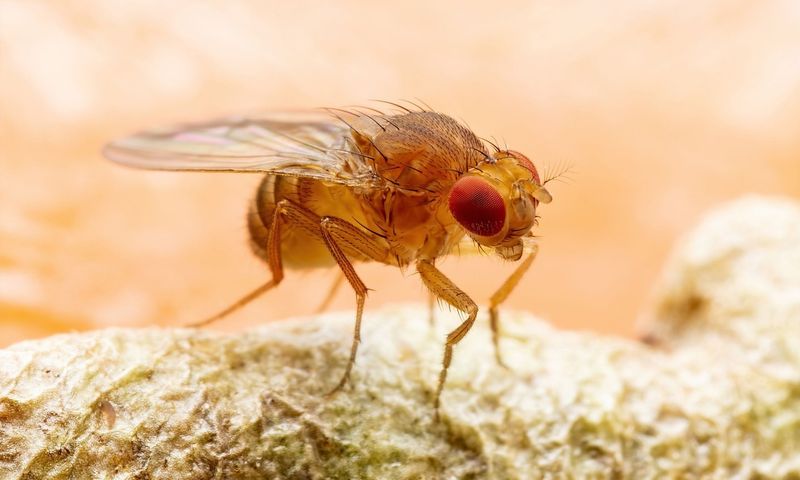
The Drosophila Fly, commonly known as the fruit fly, is a powerhouse of evolutionary study due to its short life cycle and genetic tractability.
In laboratory settings, these flies have demonstrated rapid evolutionary changes in response to controlled environmental variables, such as temperature and food availability. These adaptations provide crucial insights into the mechanisms of natural selection and genetic variation.
Outside the lab, Drosophila populations have shown remarkable adaptability to diverse environments, from tropical to temperate regions. Their ability to evolve quickly makes them invaluable for research in evolutionary biology, genetics, and ecology.
The Drosophila Fly’s evolutionary journey continues to be a cornerstone for scientific discoveries, advancing our understanding of genetic adaptation and the fundamental principles of evolution.
As research progresses, these flies remain at the forefront of studies exploring the genetic basis of adaptation and evolution.
14. Urban Black Rat
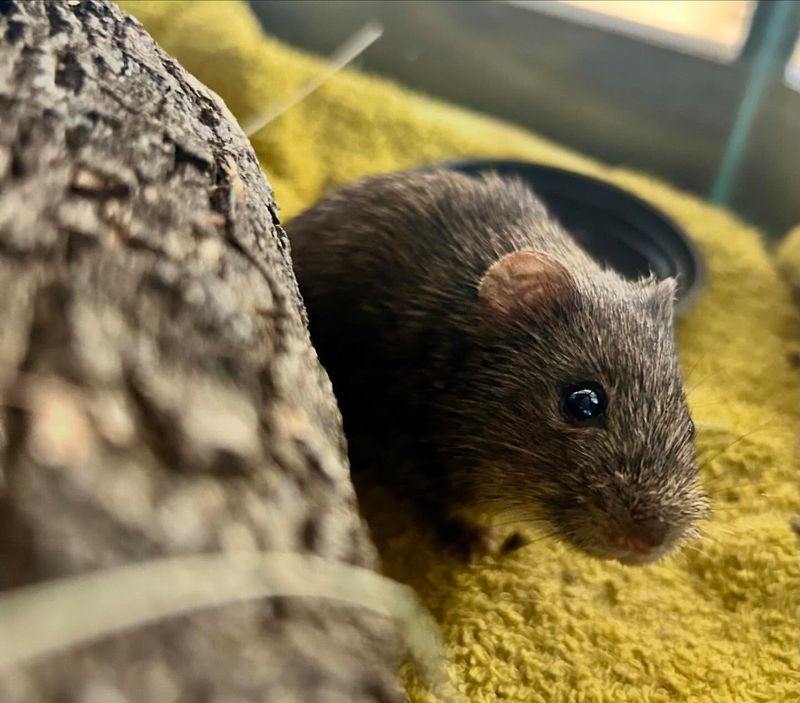
The Urban Black Rat, also known as the Roof Rat, has evolved remarkable adaptability to urban environments worldwide. These rodents have developed keen survival instincts, learning to navigate complex urban landscapes and exploit human waste resources.
Their ability to thrive in cities has led to significant genetic diversification, allowing them to resist common rodenticides and diseases. This rapid evolution is driven by the pressures of urban life, where survival depends on agility, resourcefulness, and resilience.
The Urban Black Rat’s adaptability underscores the influence of human environments on wildlife evolution. As these rats continue to evolve, their interactions with urban ecosystems offer important insights into the challenges and dynamics of wildlife in cities.
Understanding their evolutionary adaptations is crucial for managing urban wildlife populations and mitigating the impacts of rodent infestations.
15. Pink Salmon
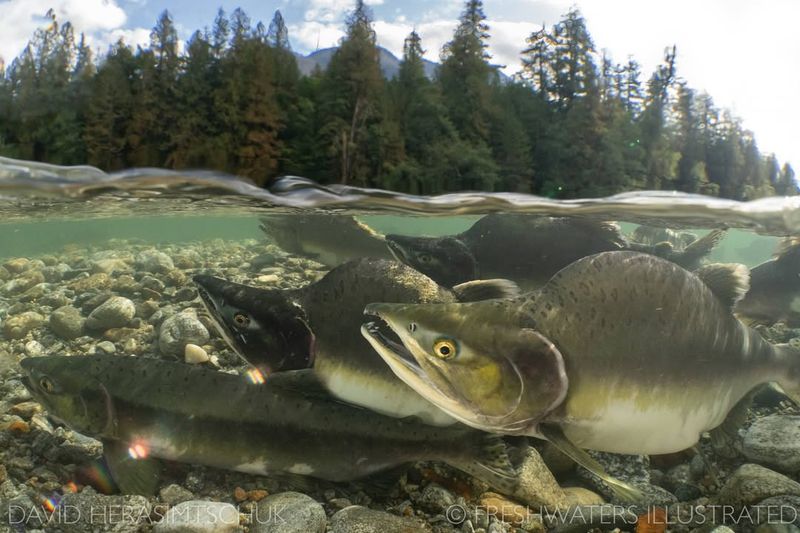
Pink Salmon have shown rapid evolutionary responses to climate change, particularly in their breeding times. These fish have adjusted their migration and spawning periods to align with changing water temperatures, ensuring their survival and reproductive success.
Genetic studies indicate that these timing shifts are heritable, highlighting the species’ capacity for fast adaptation to environmental fluctuations. This evolutionary flexibility is crucial as climate change continues to alter aquatic ecosystems.
Pink Salmon’s ability to adapt quickly offers valuable insights into the resilience of fish populations facing global warming. Their evolutionary journey underscores the importance of understanding genetic and environmental interactions in shaping species’ responses to climate challenges.
Researchers continue to monitor these shifts, aiming to predict and manage the impacts of climate change on marine biodiversity.
16. White-Footed Mouse
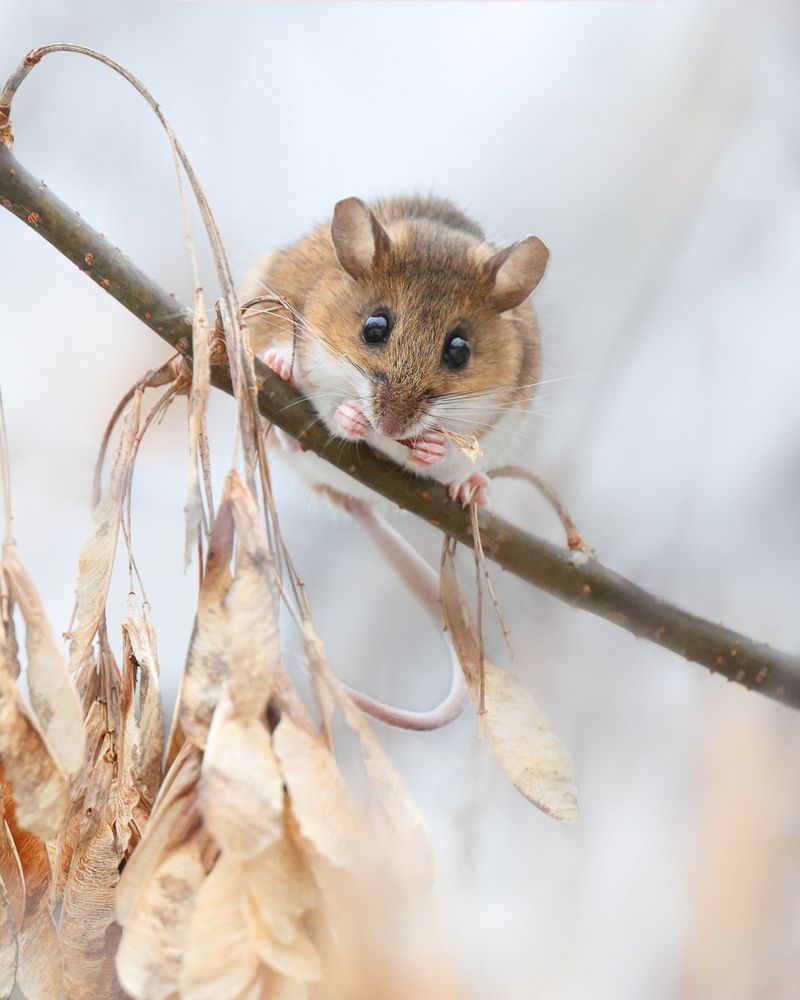
The White-footed Mouse, native to North America, is evolving rapidly in response to urbanization and habitat fragmentation. These mice have developed new foraging strategies and social behaviors, enabling them to thrive in both natural and urban environments.
Genetic studies reveal adaptations that enhance their ability to exploit diverse habitats, from rural woods to city parks. Their evolutionary success is driven by their flexibility and resilience, traits that allow them to navigate changing landscapes.
The White-footed Mouse’s adaptability provides valuable insights into how small mammals cope with human-induced environmental changes. As urban areas expand, understanding these evolutionary dynamics is crucial for wildlife conservation and management.
This species’ evolutionary journey highlights the role of natural selection in shaping the survival strategies of mammals in increasingly fragmented habitats.
17. Coastal Swamp Sparrow
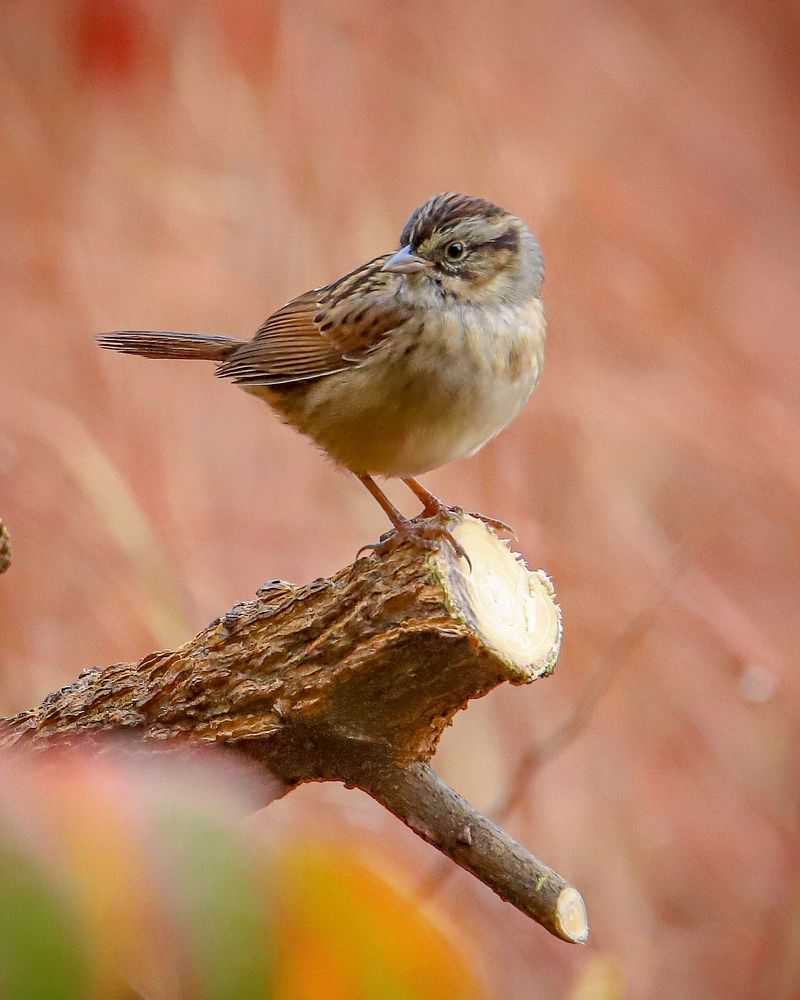
The Coastal Swamp Sparrow is evolving in response to rising sea levels and changing marshland ecosystems. These birds have developed distinct vocalizations and foraging behaviors that suit their dynamic habitats.
As tidal patterns shift, they have adapted to nest in higher, safer areas to protect their offspring from flooding. Genetic research reveals that these adaptations are being passed down, indicating a rapid evolutionary response to environmental pressures.
The Coastal Swamp Sparrow’s journey highlights the impact of climate change on avian species and their ability to adapt to new challenges. Understanding their adaptability offers insights into the broader impacts of environmental changes on wildlife.
As conservationists work to preserve tidal marshes, the sparrow’s evolutionary story provides a compelling case for protecting and understanding vulnerable habitats.
18. Banded Snail

Banded Snails exhibit rapid evolutionary changes in shell coloration and patterns, driven by climate change and habitat alterations. These changes enhance their camouflage against predators in varying environments.
Studies have shown that as temperatures rise, snails with lighter-colored shells are becoming more prevalent, reflecting an evolutionary response to thermal stress. This shift in shell color demonstrates natural selection in action, where advantageous traits increase the likelihood of survival.
The Banded Snail’s adaptability highlights the intricate relationship between environmental factors and evolutionary changes. Researchers continue to study these adaptations to understand how climate change influences biodiversity.
The snail’s evolutionary journey underscores the importance of monitoring ecological changes and their impacts on species survival. By examining these shifts, scientists aim to predict future biodiversity trends and inform conservation strategies.
19. African Elephants

African Elephants are exhibiting notable evolutionary changes in response to poaching pressures. In some populations, elephants are being born without tusks, a genetic trait that is increasing due to selective pressures favoring tuskless individuals.
This adaptation reduces the likelihood of being targeted by poachers, promoting survival. Genetic studies confirm that the frequency of tusklessness is rising, illustrating a rapid evolutionary response to human threats.
This change poses new ecological challenges, as tusks play a crucial role in foraging and social behaviors. The evolution of tuskless elephants highlights the significant impact human activities have on wildlife and the complex dynamics between conservation and evolutionary pressures. They have also evolved human-like behaviors, like grieving, in order to take care of each member of the group better.
As conservation efforts focus on protecting elephants, understanding these evolutionary shifts is vital for developing effective strategies. The African Elephant’s journey is a poignant reminder of the interconnectedness of human actions and wildlife survival.

